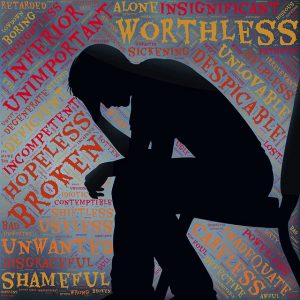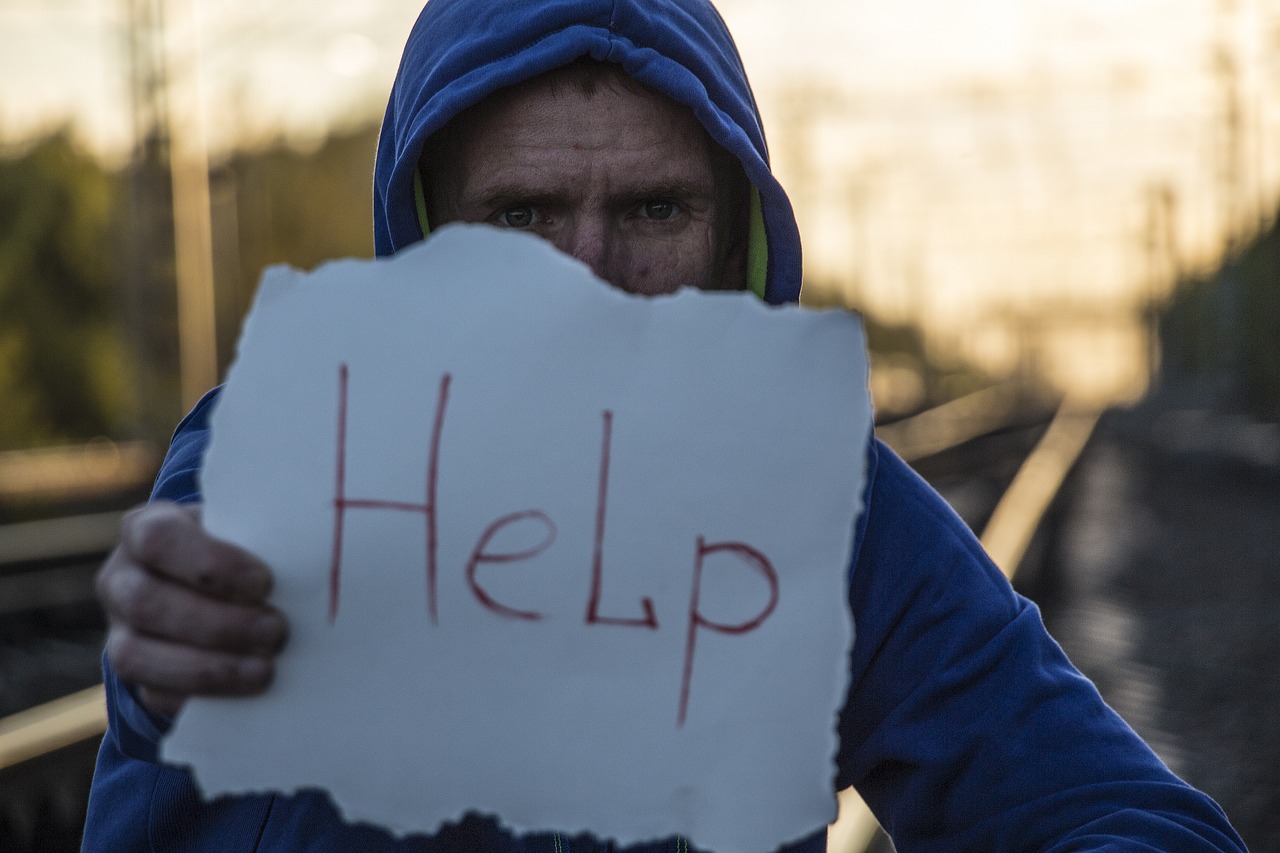Every September, the American Association of Suicidology sponsors a National Suicide Prevention Week. The campaign seeks to educate the public about suicide warning signs and prevention as well as providing support for survivors of suicide attempts. The week is always scheduled around September 10, World Suicide Prevention Day, and it includes various efforts designed to promote open conversations about suicide and encourage mental illness screenings.
Suicide Statistics
Suicide is a problem that affects a large number of people every year. Not only does it affect the victims who lose their lives, but the loved ones who grieve and the victims who survive their attempt, sometimes with lasting scars or disabilities. According to the most recent statistics from the Centers for Disease Control and Prevention (CDC), suicide is the 10th leading cause of death in the U.S., claiming more than 100 lives per day, and more than 38,000 each year. In addition, approximately 250,000 people survive suicide attempts each year. While women attempt suicide at higher rates than men, men tend to use more lethal methods and are far more likely to die, accounting for nearly 80% of all suicide deaths.
Causes Of Suicide

Suicide doesn’t have a single known cause; however, it is often associated with mental health problems like major depression and other mood disorders as well as alcohol or drug abuse. Other frequently co-occurring factors include serious and long-lasting relationship problems, significant loss, and severe or chronic pain. None of these risk factors, however, actually determine whether or not a person will commit suicide. It is important to be aware of the warning signs listed below.
At-Risk Populations

Military Personnel and Veterans: Military veterans commit suicide at twice the rate of non-veterans, and the rate is highest for veterans over the age of 50. In addition, active duty army personnel are more than 20% more likely to commit suicide than civilians, according to a 2016 study.
LGBTQ: Lesbian, gay, bisexual, and transsexual people, especially young people, are three times more likely to commit suicide than others. Risk factors include rejection by parents and other family members, bullying and assault, and being a member of a minority racial or ethnic group. In one survey, 41% of trans people reported having attempted suicide, and the figure went up to 61% for those who had been abused.
Young People: Suicide is the second leading cause of death among teenagers and young adults aged 15 to 24, reports the National Institute of Health. According to a 2016 NIH study, 5,723 people in this age range died of suicide in one year. The CDC reports that 20% of survey respondents aged 15 to 30 have seriously considered suicide at some point in their lives. Some psychologists point to feelings of social isolation and cyber-bullying as two possible contributing factors, and others note that a history of abuse often plays a role.
Three Common Myths About Suicide

One of the goals of Suicide Prevention Week is to dispel common myths that can keep people from getting the help they need. These are two of the dangerous and false assumptions many people make about suicide.
Myth #1: Teens who talk about suicide are overreacting or being dramatic.
Fact: It is easy for adults to discount a teenager’s concerns as minor or temporary problems that will resolve in time. However, teenagers have their own perspective that is different from that of an adult, and a small problem may seem insurmountable to them. When teenagers talk about suicide or express feelings of despair, adults should always take them seriously.
Myth #2: Talking about suicide to a depressed person makes that person more likely to commit suicide.
Fact: Introducing the topic of suicide to a depressed person may give him or her the opportunity to express their suicidal thoughts and get the help they need. Open and honest conversations are the first step in the healing process.
Myth #3: People who commit suicide don’t give any warnings.
Fact: In reality, the majority of people who attempt or commit suicide give warnings that their friends and family members do not recognize. In many cases, people seek professional help as well as making suicidal statements to friends and family members.
Suicide Warning Signs
Suicide warning signs may be subtle and indirect, or they may be obvious. It’s very important to pay attention and recognize these signs for what they are.
Some of the more obvious warning signs include talking about suicide and death and looking for ways to commit suicide, either by collecting actual means (weapons, pills, etc.) or researching information. Making out a will and saying goodbye to loved ones are also obvious warning signs that must be taken seriously.
Other warning signs are not quite as direct. It is important to listen if someone expresses feelings of hopelessness or self-loathing and to notice withdrawal or other major mood changes. Self-destructive behavior, like drug use and unsafe driving, can also be precursors to suicide.
Suicide Prevention
When you suspect that someone you know may be suicidal, there are several things you can do to help.
1. Start the conversation. The first and most important suicide prevention step is to say something. It’s important to express concern and willingness to support the person without judging or contradicting anything you hear. Let the person know you’re listening and taking their words seriously. It is okay to ask, “Are you thinking about suicide?”
2. Assess the danger and act. A suicidal person is at highest risk of death if he or she has a specific plan and the means to carry it out. If this is the case, call 911 or take the person to the ER immediately.
3. Offer ongoing help and support. Some of the things you can do to help a suicidal friend include helping them to get professional help and making sure they take prescribed medications as directed. You can also make sure the person has no access to lethal weapons or drugs by keeping them locked away.
When people attempt suicide, they don’t want to die; they just want to stop hurting. By recognizing warning signs and understanding risks, we can help people who are suffering find alternatives to ending their lives.
This content (listed above) can be freely copied and used anywhere, by anyone, for any purpose.
This content was freshly written by us, it is not “recycled” but others may grab it and use it, so we strongly recommend that it be re-written to make it 100% unique text, in order to avoid search engine duplicate content penalties.
If you are pressed for time, or your writing skills are a bit rusty, no problem – we can rewrite it for you. Just use your Articlez.com account, place an order for “Elite” content, and in the “notes” area of your order form paste in this original article and ask us to rewrite it (or to write a fresh one on the same subject).





